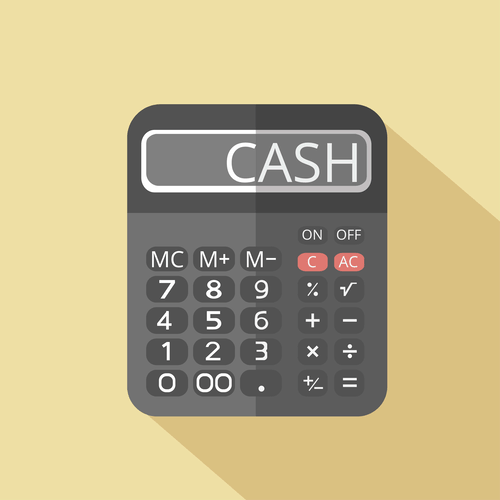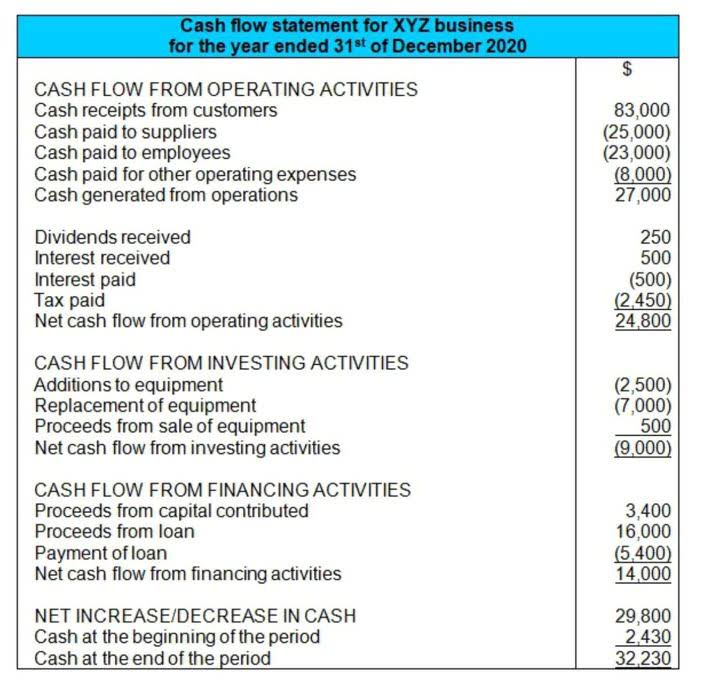
Depending on your specific scenario, you might wish to implement a static budget, a flexible budget, or even a zero-based budget. You can use budget forecasting techniques to estimate the variable costs for a static budget. To estimate fixed costs, you’ll need to gather historical data and forecast future expenses. A static budget is a benchmark for evaluating sales performance and cost center managers’ ability to control their expenditures.
What Are the Pros and Cons of the Static Budget Model?
- Depending on your specific scenario, you might wish to implement a static budget, a flexible budget, or even a zero-based budget.
- A flex budget allows you to choose a percentage of your overall revenue you want to put toward a specific goal, so when you sell more, you can spend more.
- The static budget serves as a mechanism to prevent overspending and match expenses–or outgoing payments–with incoming revenue from sales.
- To recap, a static budget is created with a focus on the projected costs and the anticipated revenue of your company, and its goals, over the course of a year.
In a static budget, every revenue and spending for a given time is anticipated in advance. A static budget can be defined as the kind of budget that anticipates all revenue and expenses over a particular period in advance. Here changes in the level of production/ sales or any other major factor do not affect the budgeted data, and hence it is also called a fixed budget. For example, let’s say a company had a static budget for sales commissions whereby the company’s management allocated $50,000 to pay the sales staff a commission. Regardless of the total sales volume–whether it was $100,000 or $1,000,000–the commissions per employee would be divided by the $50,000 static-budget amount.

Estimate Cost of Revenue and Operating Expenses
Static budgets are used when income and expenses are predictable and stable. These budgets are suitable for small businesses, fixed operations and short-term projects where variables do not change much over time. They’re also common in administrative or office settings where costs are expected to remain consistent. Budgeting is a foundational practice in business, providing a structured approach to financial planning and control. It involves establishing detailed https://multiplay777.com/what-does-post-reference-post-ref-mean-in/ financial plans for future periods, guiding resource allocation and operational decisions.
Challenges To Expect During Cash Flow Forecasting
- By subscribing you agree to our Privacy Policy and provide consent to receive updates from our company.
- This means each department and activity must be analyzed and justified individually, regardless of the past budget or the previous spending.
- To that end, static budgets lack the functionality required by a growing SaaS startup with the moon in its sights or a mid-growth stage company looking to expand.
- The static budget makes it easy to analyze variance in actuals vs. budgeted figures, highlighting areas for operational improvement.
- Your first step is to confirm what executive leadership decides will be the length of time the budget will be in effect.
- The budget might show large unfavorable variances during slow seasons and favorable variances during peak periods, making performance evaluation difficult.
- Variable costs, like direct materials and direct labor, are estimated based on assumed production volume.
This approach results in budgeted expenses that are significantly more relevant to the actual performance that an organization experiences. For static budgets, calculate variable costs at expected activity levels and then lock them in. CFOs and FP&A teams value them for their role in strategic financial planning. Nonprofits use them to show responsible stewardship of limited funds, and stable businesses use them to prevent overspending and maintain predictable spending patterns. As a result, even if actual sales volume significantly deviates from forecasts stated in the static budget, the budgeted amounts stay the same.


Your first step is to confirm what executive leadership decides will be the length of time the budget will be in effect. The traditional pace has been annual, but for companies that want to ensure they can make actionable decisions around budgets, one month or one quarter are common. If the budgeting period is too short, the process becomes more time-consuming. a static budget report Too long, you amplify some of the disadvantages of working with a static budget. You’ll need access to financial statements for this project, including the income statement and master budget (if there is one) that holds any historical data (if available).
- Flexible budget variance is also possible but occurs when there’s a difference between the budgeted and actual expenses rather than actual sales volume.
- The above report seeks to educate the people about the process of financial budget reporting.
- For instance, if you have a project due for a client in a month, you can determine all your fixed costs and create a budget based on how much the client will pay you.
- It helps identify the financial goals of the business and allocate resources accordingly.
- The cost of products sold would have been set at 40% of sales if the company had instead employed a flexible budget; as a result, it would have decreased from $4 million to $3.2 million when real sales fell.
- Getting these classifications right is crucial because it allows you to accurately flex and adjust your budget as activity swings around.

Because static budgets are often used in monitoring business performance, they are regularly used in variance analysis and reporting. Consider a company that sets a static budget for the fiscal year with projected sales of 10,000 units at $20 each, totaling $200,000 in revenue. After a static budget is created, its primary application lies in performance evaluation. Businesses Oil And Gas Accounting use the static budget as a benchmark to compare against the actual financial results achieved during the period.
Once you’ve determined your overall financial goals, you can begin creating your budget by making a list of all your fixed and variable business expenses and comparing them to past sales and revenue data. Delving deeper into these variances, organizations can uncover valuable insights. For instance, a positive revenue variance might reveal successful marketing campaigns or higher-than-anticipated customer demand. Conversely, a negative variance in expenses could highlight areas where costs have spiraled beyond control, such as unexpected maintenance or supply chain disruptions.